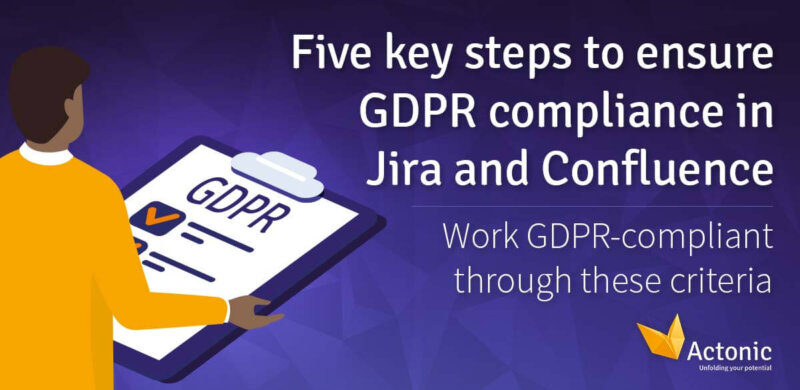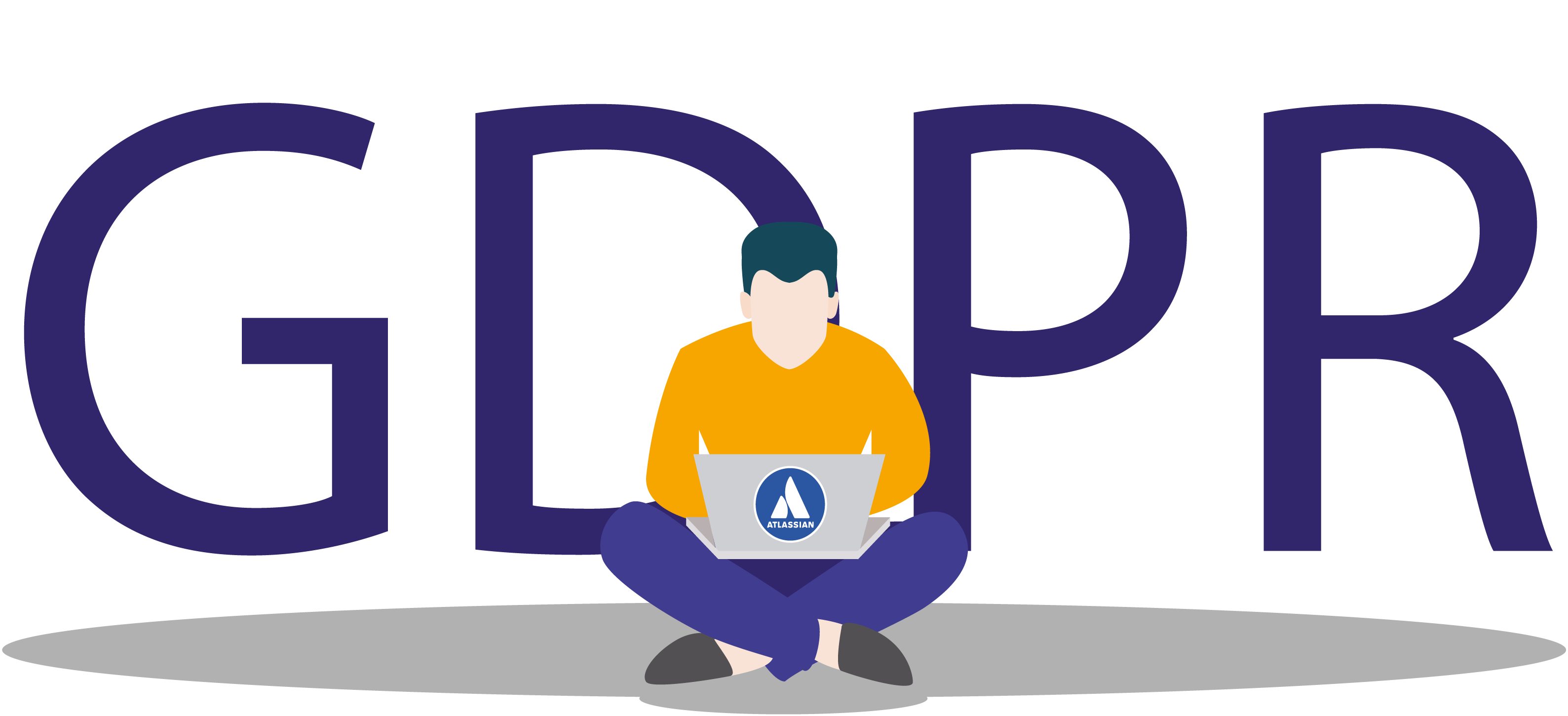Five key steps to ensure GDPR compliance in Jira and Confluence
The GDPR is considered one of the strictest data protection regulations in the world. It affects all companies operating both inside and outside the EU that collect personal data from EU citizens. Companies that violate the new regulation, for example by not obtaining their customers' consent for data processing, face a fine of 20 million euros or 4% of their annual global turnover. This is why it is so important to process personal data in a GDPR-compliant manner. Working with Atlassian’s agile tools Jira and Confluence is no exception.
If you have integrated Jira or Confluence into your daily workflow, sooner or later, you will inevitably process personal data. This could be names and addresses in Jira tickets or account numbers and email addresses in Confluence pages. Data protection therefore plays a huge role in the Atlassian ecosystem.
To help you ensure that you are processing personal data in a GDPR-compliant manner, we have compiled a list of five data protection criteria. By adhering to these criteria, you will be on the safe side when it comes to data protection. In addition, we will show you a smart solution for Jira and Confluence to comply with these five criteria.




